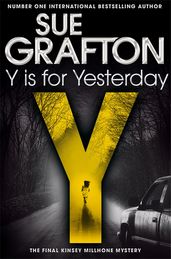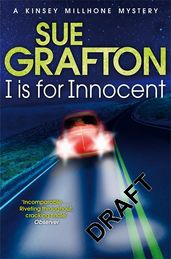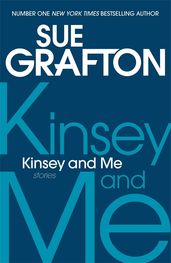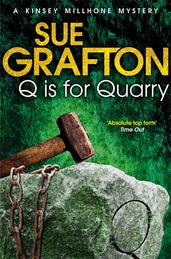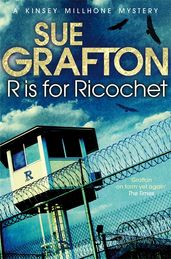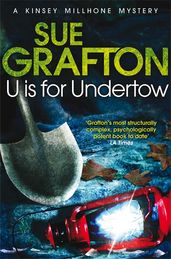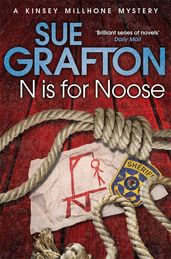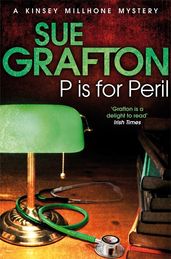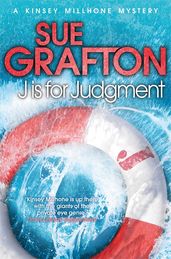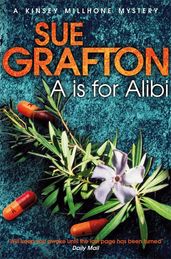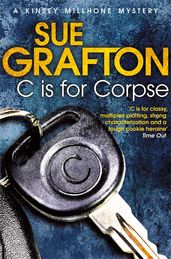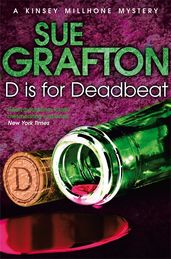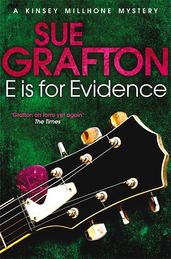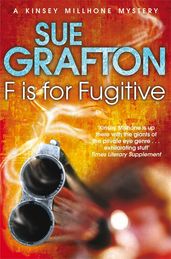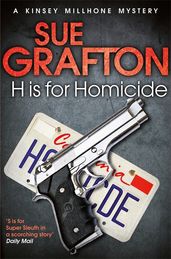Sue Grafton
Sue Grafton was one of the most popular female writers, both in the UK and in the US. Born in Kentucky in 1940, she began her career as a TV scriptwriter before Kinsey Millhone and the 'alphabet' series took off. Two of the novels B is for Burglar and C is for Corpse won the first Anthony Awards for Best Novel. Sue lived and wrote in Montecito, California and Louisville, Kentucky.
Books by Sue Grafton
Series by Sue Grafton
